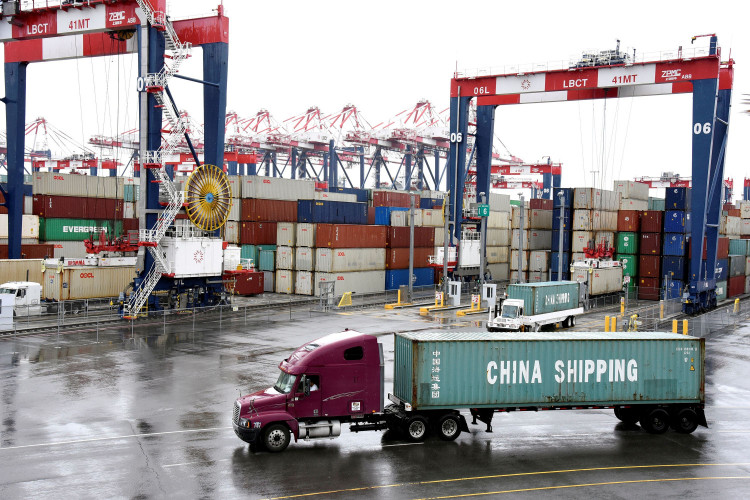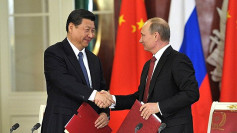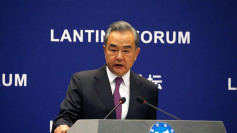There is no guarantee the phase one trade deal signed Wednesday will quickly eliminate the enormous annual merchandise trade surplus China enjoys, which was the main reason why president Donald Trump launched his trade war against China in the first place in January 2018.
China's stubborn annual trade surplus with the U.S. shrank to some $295.8 billion in 2019, down 8.5 percent from the previous year's record of $323.3 billion, said data from the General Administration of Customs of China (GACC).
For December, China's surplus with the U.S. came in at $23.2 billion compared to $24.6 billion in November. Also in December, China's exports increased 7.6 percent year-on-year, the highest growth since July and above the 2.9 percent forecast in a Bloomberg News survey. Imports jumped 16.3 percent, far exceeding estimates. For the full year 2019, China's exports to the U.S. rose by 0.5 percent while imports fell 2.8 percent.
Analysts said the phase one trade deal will accelerate China's export volume to the U.S. in 2020. Even China agreeing to purchase an additional $200 billion in U.S. goods over the next two years won't lead to any sizeable reduction in the trade deficit. Under phase one, China agreed to buy $32.9 billion in manufactured goods in 2020 and $44.8 billion in 2021. China also agreed to purchase $12.5 billion worth of U.S. agricultural goods in 2020 and $19.5 billion in 2021.
In exchange for these trade concessions from China, president Donald Trump agrees to relax some of the tariffs he imposed on Chinese imports. In December 2019, the Trump administration agreed not to impose tariffs on $160 billion worth of Chinese imports as part of the phase one agreement. It also cut tariffs on another $112 billion worth of goods from 15% to 7.5%. On the other hand, steep 25% tariffs remain in place on much of what the U.S. buys from China. The Trump administration has promised to use tariff as a weapon again if and when it so chooses.
Treasury Secretary Steven Mnuchin, however, conceded phase one doesn't achieve all of main goals Trump said were his reasons for launching the trade war.
China has said it will provide more protection for American companies' intellectual property rights (IPR) and will stop requiring U.S. firms to share their technology as a requirement to do business in China.
"It's not everything," said Mnuchin. "There will be a 'Phase 2.' But this is the first time we've had a comprehensive agreement with China."
Phase one was signed at the White House by vice premier Liu He and Trump.
The U.S. annual trade deficits with China and jobs losses under Trump continued to increase during the first two years of the Trump administration despite the Trump administration's imposition of tariffs. The annual U.S. trade deficit with China rose from $347 billion in 2016 to $420 billion in 2018, a jump of 21.0%, according to U.S. records. The U.S. imported a record $539.5 billion in goods from China in 2018. It remains a net importer from China in most market segments.
U.S. jobs lost due to these China trade deficits increased from 3.0 million jobs in 2016 to 3.7 million jobs in 2018. This represents an increase of more than 700,000 jobs lost or displaced in the first two years of the Trump administration.






